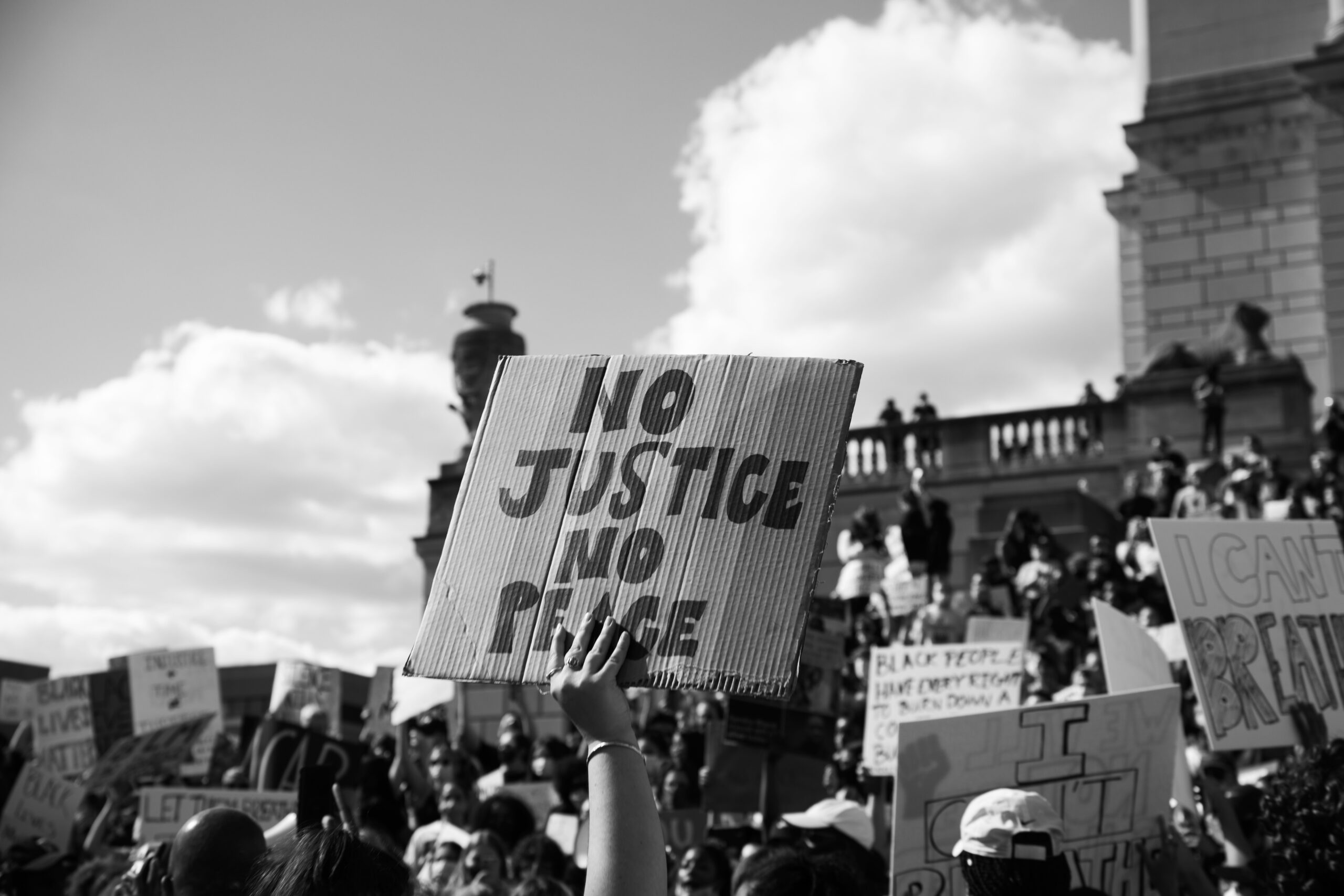By John Salak –
Tens of thousands—probably hundreds of thousands—of people have been protesting in dozens of large cities and small towns across America for the last two weeks. It’s likely these demonstrations will continue in some form for the foreseeable future.
Protesting is a fundamental American right, an element of free speech that is not only sacred to Americans, but which has been part of the political fabric of our country well before the U.S. was a country. Thankfully, the vast majority of these protests have been peaceful if vociferous. Sadly, some have morphed into ugly confrontations for reasons beyond the control and intent of the demonstrators, leading to looting, violence and/or aggressive police, National Guard and military police tactics that relied on physical confrontations and the use of tear gas, rubber bullets and flash bombs.
It is easy for a protest to turn into a riot for all sorts of reasons—some big and planned, others small and accidental. What’s critically important is that peaceful and determined protestors learn to protect themselves should events get out of hand. In today’s world that not only means taking precautions if physical confrontations erupt, but also limiting the chance of catching or spreading Covid-19—a tricky issue when bunched up with thousands of fellow demonstrators.
There are numerous reports now available on Covid-19 and personal safety considerations when protesting. The New York City Department of Health and Mental Hygiene, for example, offers up seven tips to help deal with coronavirus considerations.
- Wear A Face Covering
- Stay Hydrated
- Use Protective Eye Gear
- Use Hand Sanitizers Frequently
- Avoid Yelling – Rely On Signs and Noise Makers
- Stick With A Small Group
- Stay Six Feet Away From Other Groups
CNET.com added other recommendations that include making sure you go with a least one friend, and bringing water, ID, cash and change, a first aid kit, ear plugs and snacks. It also suggested having heat resistant gloves, writing down emergency numbers ahead of time, tying up long hair and wearing nondescript, long sleeve clothes.
Obviously, there are other considerations as well, including what to do if the environment gets out of hand for any reason. Amnesty International USA cites a menu of items that include having a plan set up ahead of time to meet with friends if everyone get separated, remaining calm but vigilant if order begins to break down, clearing out of an area immediately if you sense danger and being prepared to film or write down inappropriate or violent behavior by police or others.
This group also advises demonstrators to bring inhalers, EpiPen, insulin & several days of prescription medication in the event they’re arrested.
What about using milk as a treatment for tear gas? It won’t hurt but it probably won’t do a whole lot of good either. Obviously, if tear gas is used, get out of the area as soon as possible and start rising your eyes with cool, clear water. It is the most effective treatment, according to The Cut.
Hong Kong protesters have relied on mixing three teaspoons of baking soda with 8 ounces of waters to neutralize the impact of tear gas and that will work. But The Cut warned that this recipe comes with the proviso that baking soda is an irritant that could potentially scratch a person’s eye.
It is also wise to consider what not to do or bring, according to Amnesty International USA. This group advised against putting on Vaseline, mineral oil, oil-based sunscreen or moisturizers on skin before a protest as these coverings can trap chemicals on the skin. It also warned against wearing contact lenses because they too can trap chemicals on the eyes. In a final piece of advice, Amnesty noted it is best to avoid wearing anything that can be easily grabbed liked ties, jewelry, loose scarfs, etc.
The recipe for a successful and safe protest is to prepare for the worst in order to give your demonstration the best chance of resonating the loudest.













